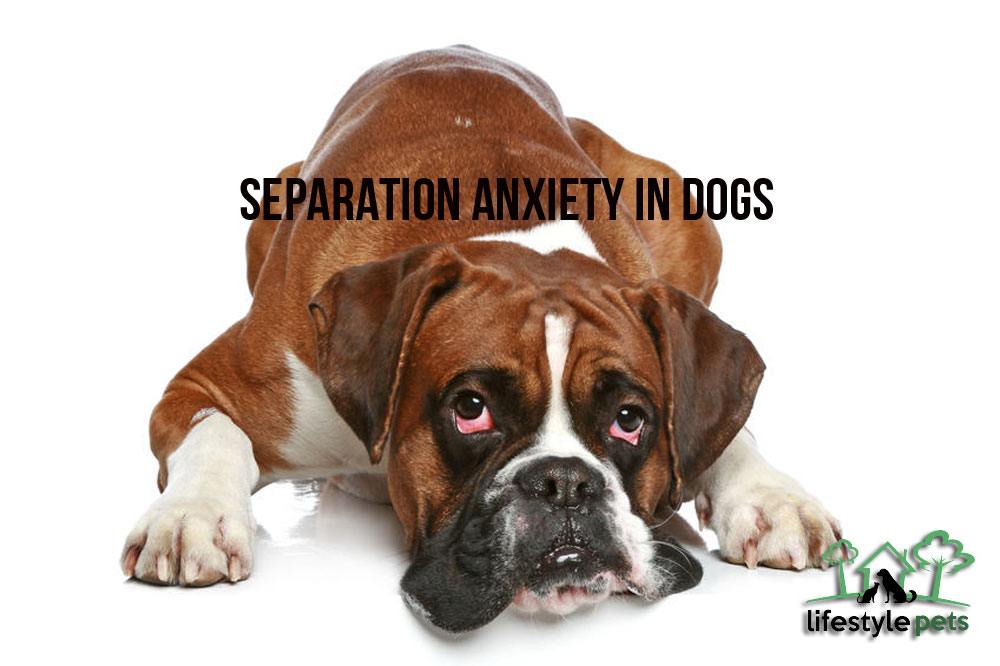
When a dog has separation anxiety, it becomes troublesome for the pet and the pet owner. Separation anxiety in dogs can also cause problems with neighbors and landlords, and become a stressful situation for everyone involved. This disorder happens when a dog is left by themselves, or can even happen when the owner is home but the dog doesn’t have access to them.
Be aware that in serious cases of separation anxiety, your dog may need help from a veterinary behaviorist or a trainer that has experience in this area. In some cases, medication may be prescribed in order for the dog to overcome this disorder.
Signs of Separation Anxiety
Does your dog have separation anxiety? Here are the signs to look for.
- Barking, howling or whining when they are left alone
- Destructive behavior, such as chewing or digging on walls, doors and furniture
- Urinating or defecating in the home
- Going to extreme measures to escape, which could result in an injury
Dogs that have separation anxiety are generally very attached to their owners. They may begin to display signs of being agitated when they notice their owner is getting ready to leave. This may happen when the dog owner picks up their keys, puts on their coat, or picks up their purse or briefcase. In most cases of separation anxiety, the dog will greet their owner in a very exaggerated way when they return home.
Handling Separation Anxiety in Dogs
According to experts, confinement may be necessary to control the damage that can be done by an anxious dog. However, be aware that this may not be well-tolerated by many pets. The dog needs to have a chance to get used to confinement. It is a good idea to place toys and treats in the area they will be confined to. A crate or carrier can be used to confine the dog.
Another option is to put your dog in doggie daycare or have a friend or family member look after the dog while you are away.
When it is time for you to leave your house, leave with the least amount of drama as you possibly can. Long goodbyes and making a lot of fuss isn’t recommended. A few moments before you leave, provide the dog with a treat or a toy to distract them. Food puzzles, or toys stuffed with food are a great start. When it is time to leave, saying goodbye or interacting with them is not necessary. When you return home, keep things low-key as well.
When your dog is calm and relaxed, this is when they should be rewarded. When the dog is quiet, encourage him or her to settle onto a dog bed or blanket. Only provide a treat or toy when the dog is being calm and quiet. Avoid rewarding the dog for anxious or exuberant behavior when you are coming or going.


